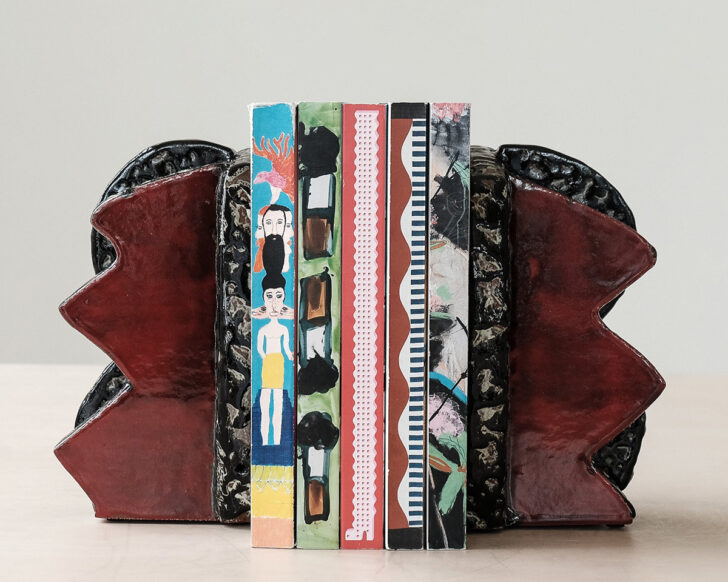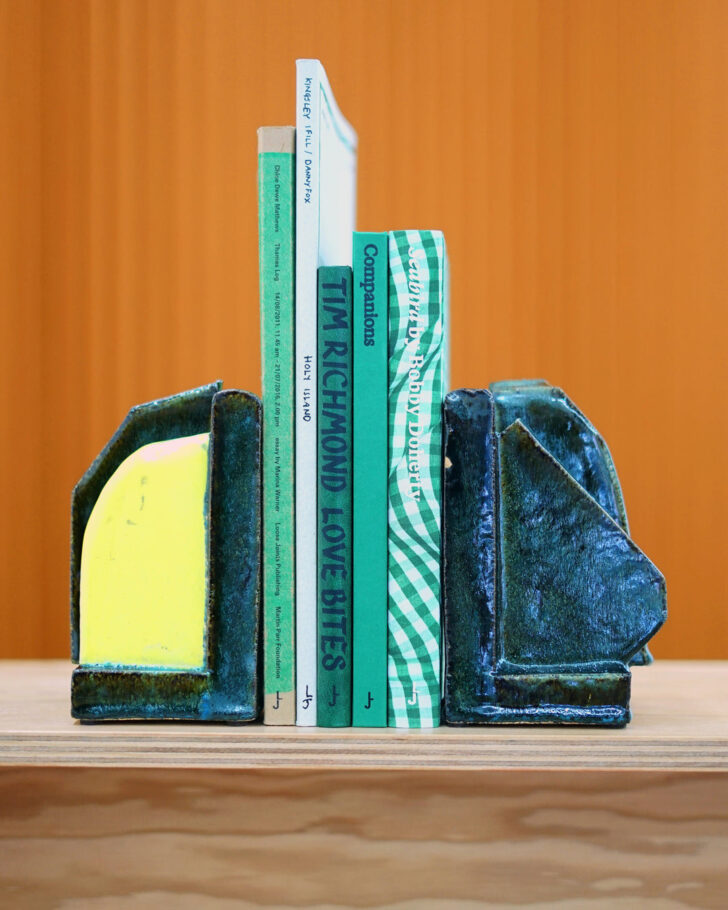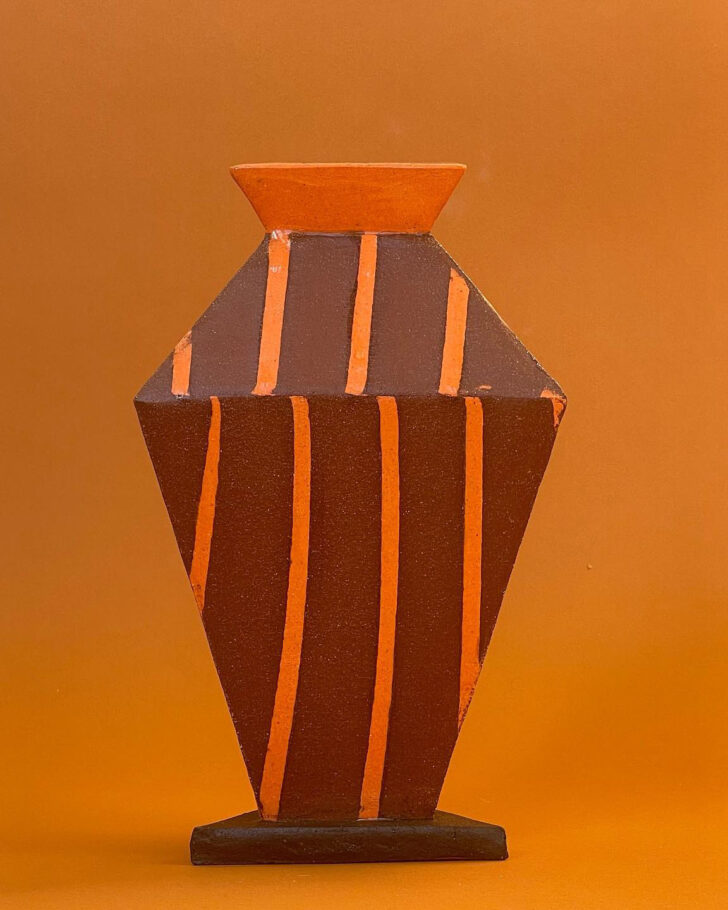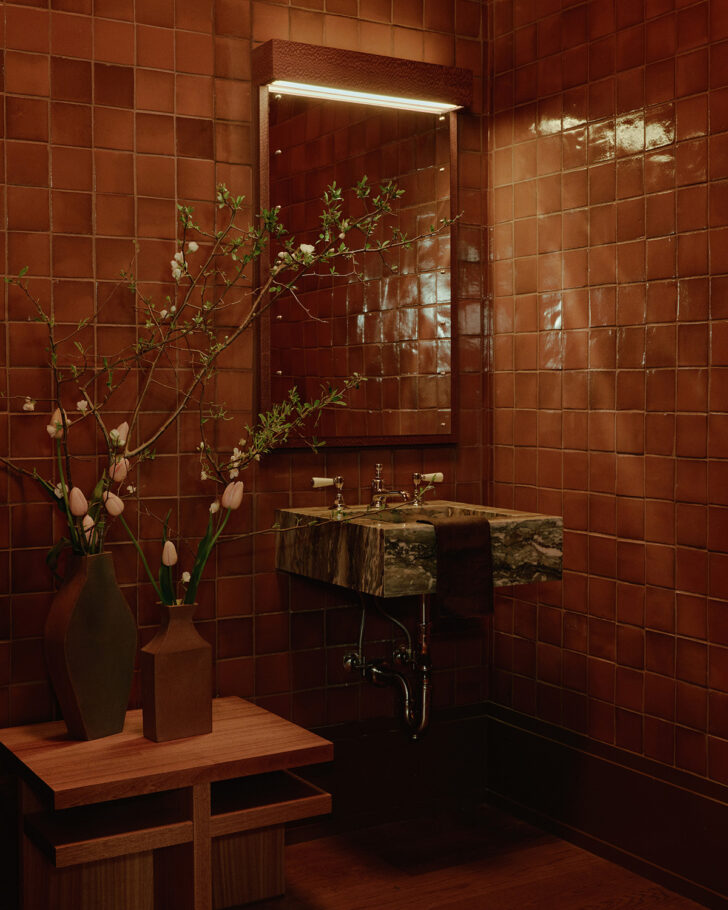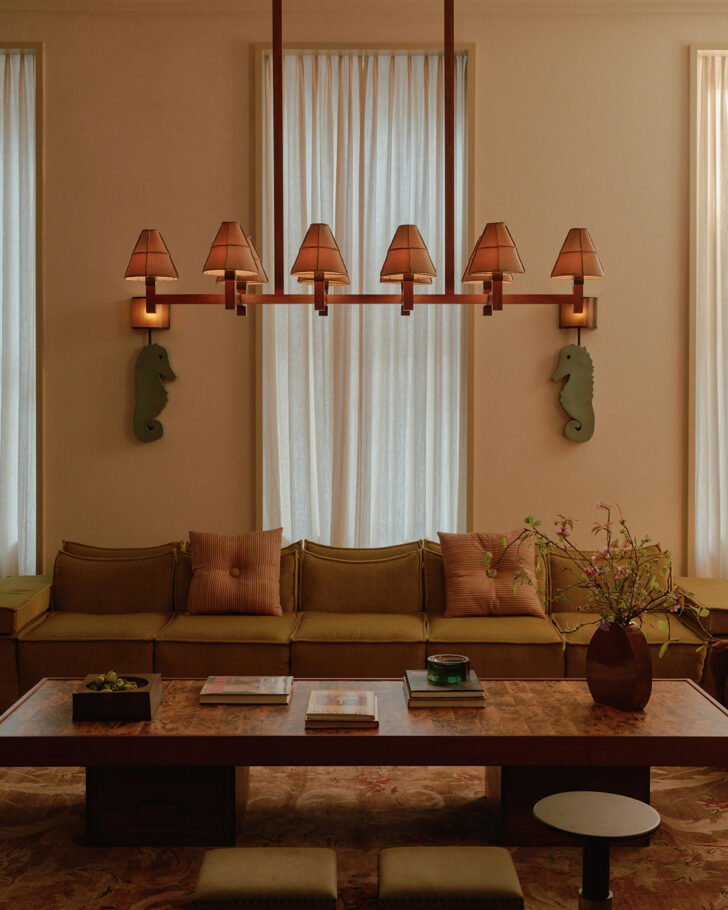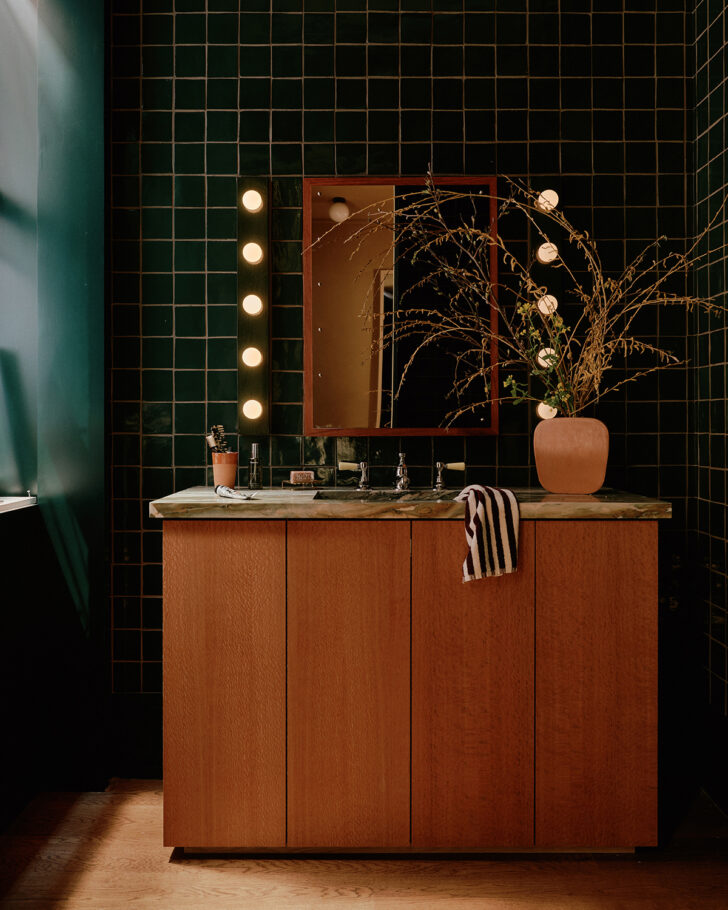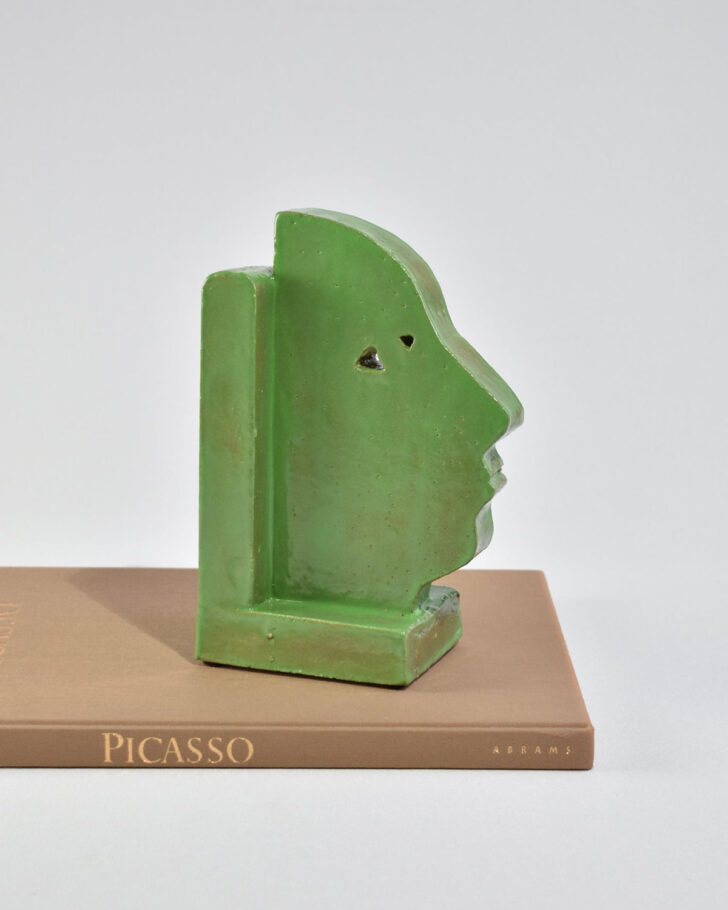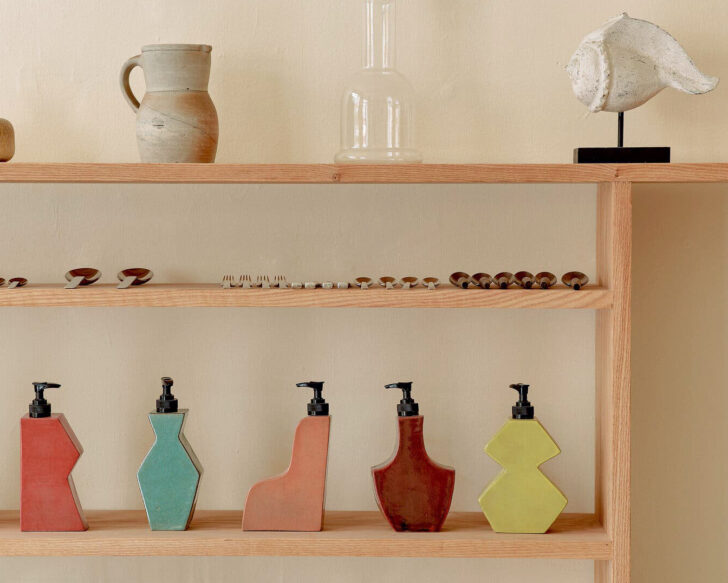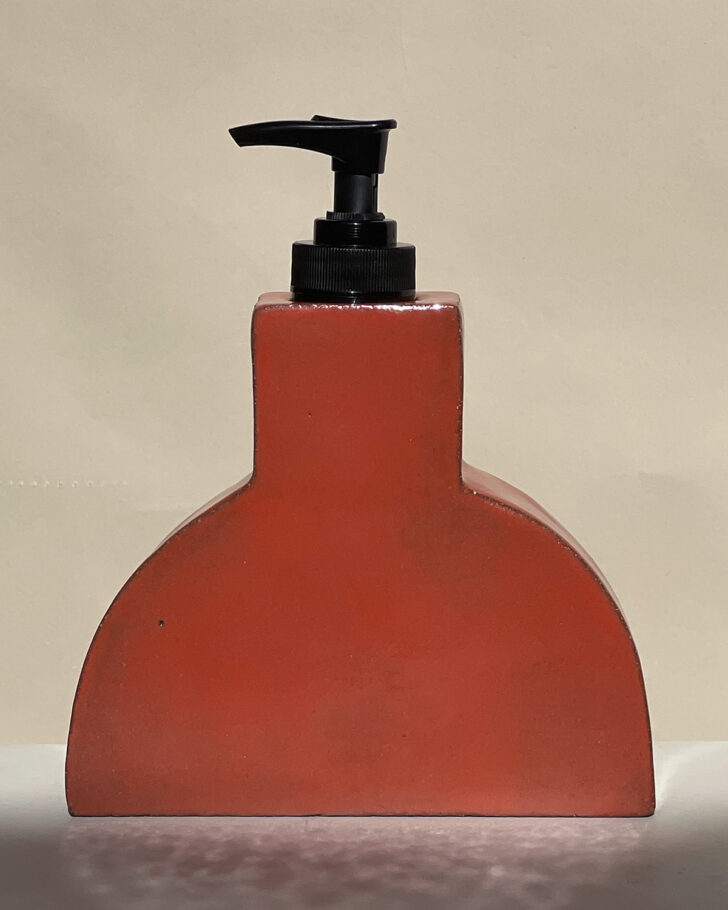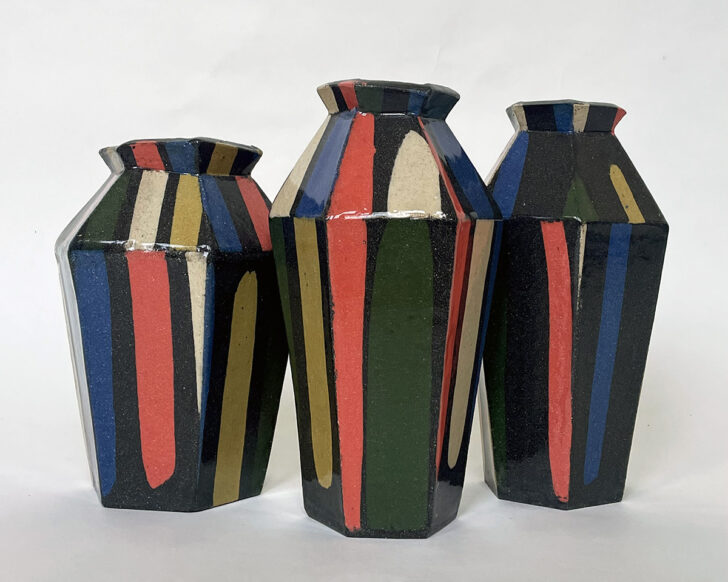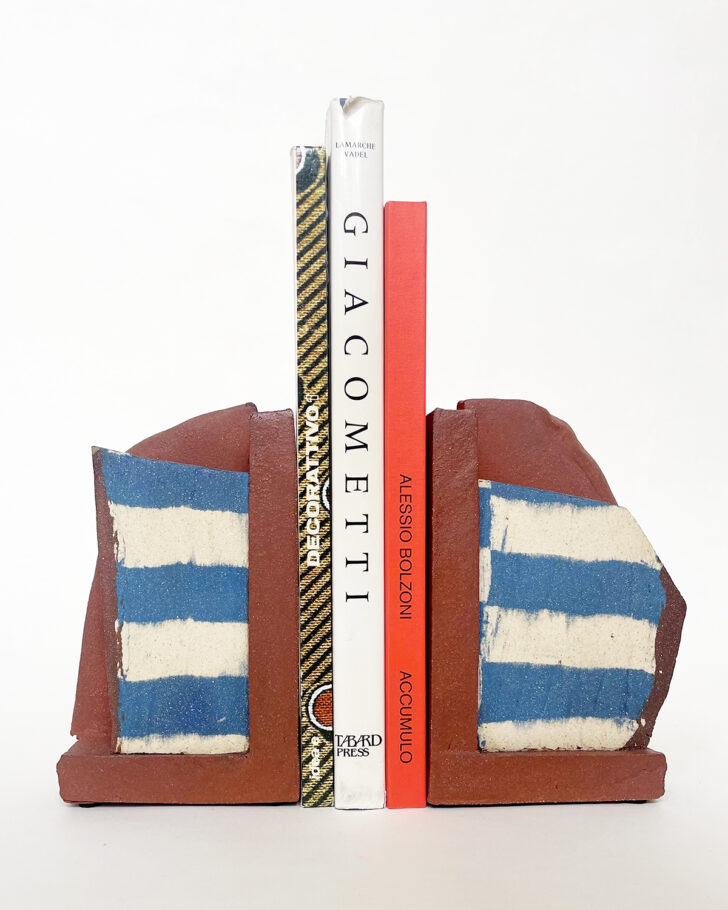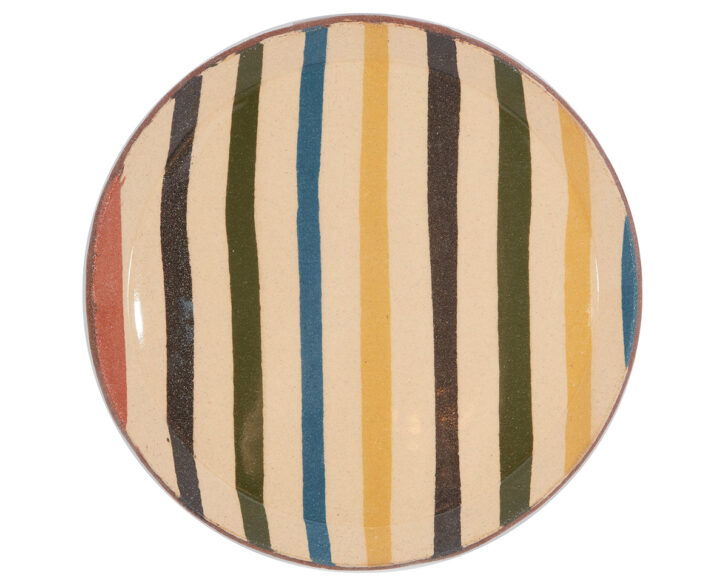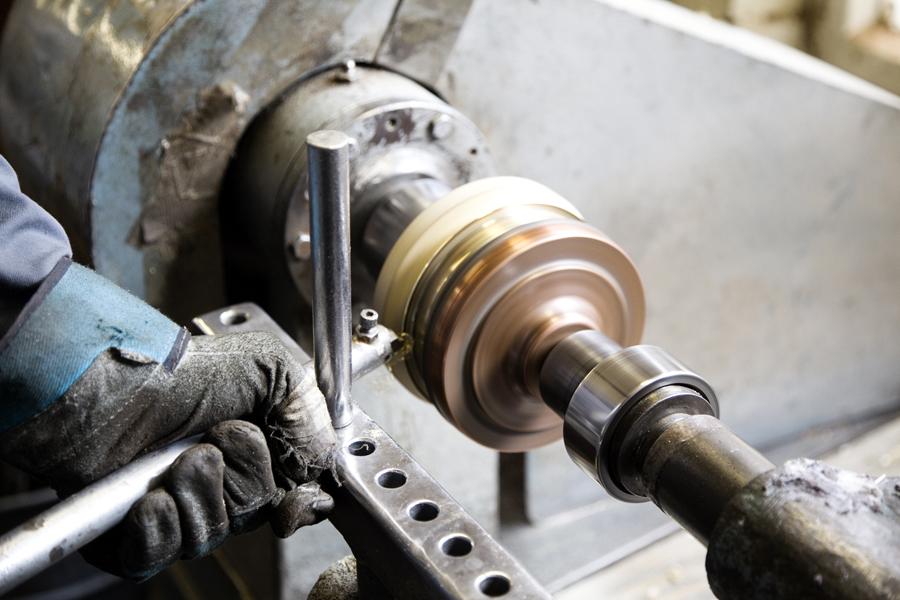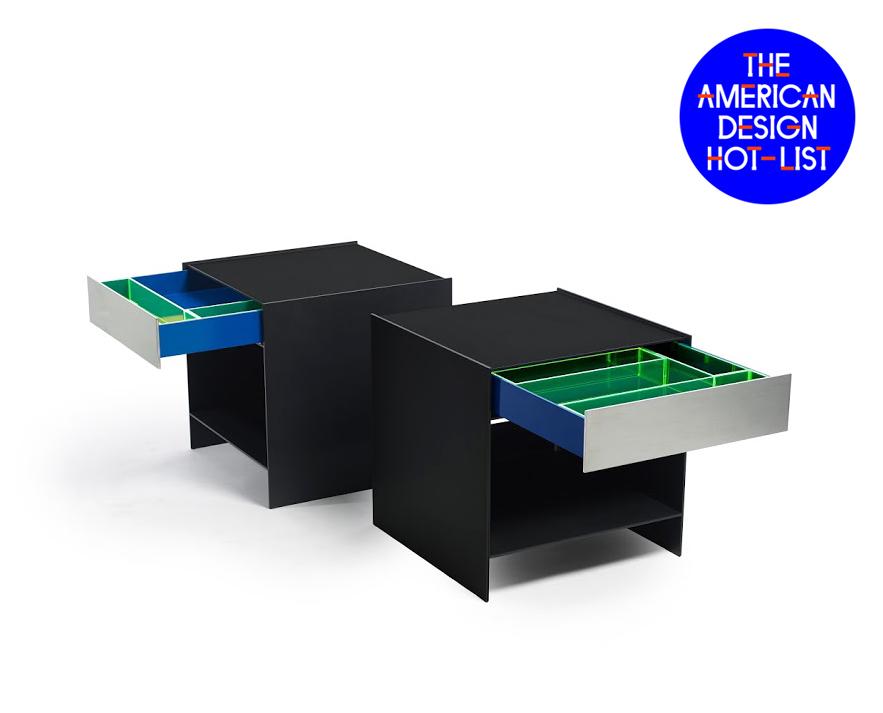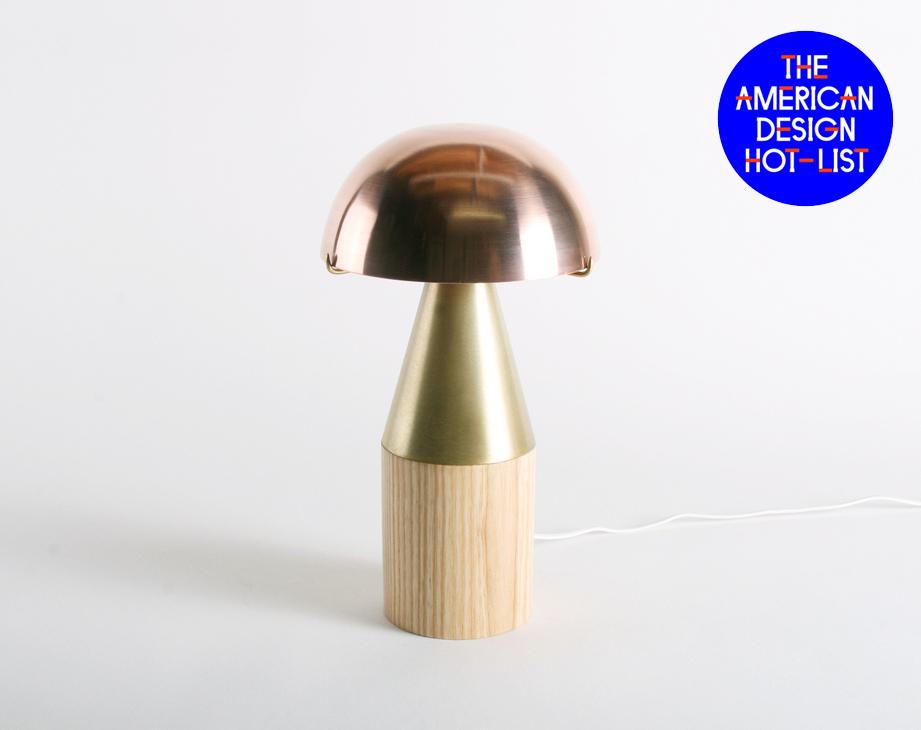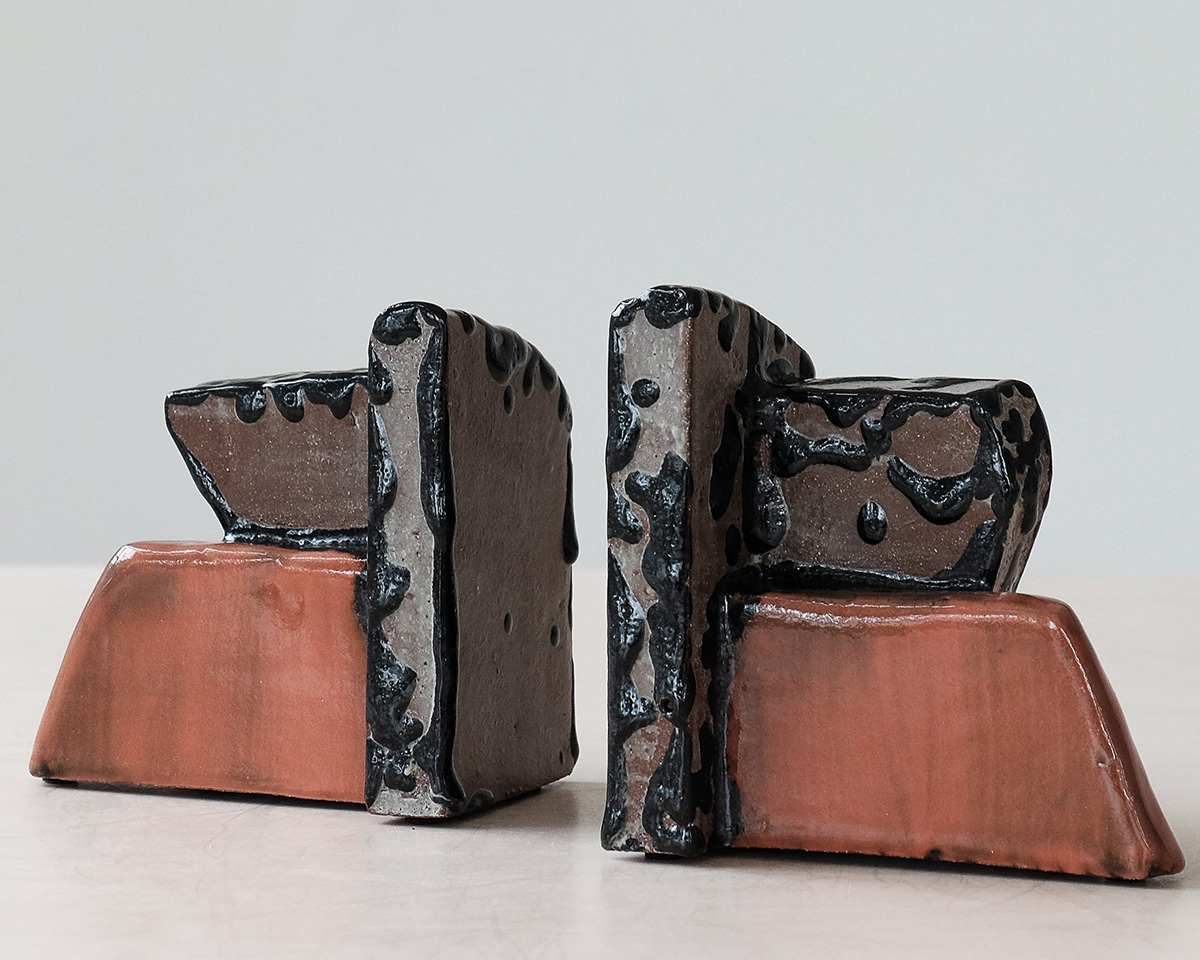
American Design Hot List 2024
Shane Gabier
New York, @shanegabier
We were already fans of Shane Gabier’s gloriously hued, interestingly textured ceramics — see our profile of the former fashion designer back in 2022 — but this was the year his work seemed to pop up literally everywhere: tiny sculptures on the shelves at Beverly’s, figurative bookends at Casa Shop, geometric soap dispensers at Gem Home, seahorse-shaped sconces at Quarters, matcha bowls at CAP Beauty. Each piece, informed by things like Modernist design, ’70s psychedelia, and Brutalist architecture, was more covetable than the last.
What is American design to you, and what excites you about it?
I think that the idea of wide open possibility has always been the most exciting thing about American design — the opportunity to go deeply into one’s own world. Before making ceramic work, my background was in fashion. I think in American fashion, as with American design in general, there is a pragmatism that hopes to balance newness with functionality.
What are your plans and highlights for the upcoming year?
For the first few months of 2025, I am focusing on some new work, larger scale. 2024 was packed with back-to-back projects and really tight turnarounds, so I am going to slow things down a bit so I can do some deeper investigations into some ideas that I’ve only been able to touch upon. Ceramics is truly a medium of endless possibilities, and ideas generate more ideas, so to have the time and space to really dig into some of these feels really exciting and luxurious.
I’ve started to take on larger interior and tile projects, and I have a number of these to develop in 2025. For all of them, I’ve been given the creative freedom to explore totally new ideas. Tile is the perfect place to explore color, composition, dimensionality, and form, so I’m excited to see how these all unfold.
What inspires or informs your work in general?
The things that I’m interested in are the things I’ve always looked at and cared about. The more I research and develop, the more intersections and dynamic connections I find between all of these; there are always new ways of looking at the same things. Abstract expressionist painting from the ’50s and ’60s, Brutalist architecture, post-punk album covers, Memphis design, Japanese graphic design from the early ’80s, the intersection of art, folk craft, and design, and how all of these can be suggested, or alluded to, through clay. The objective is to take these points of reference and mix them into a recontextualized new form, to remove the work from time and place. I’m inspired by the idea of making work that feels simultaneously abstract, modern, and ancient.
